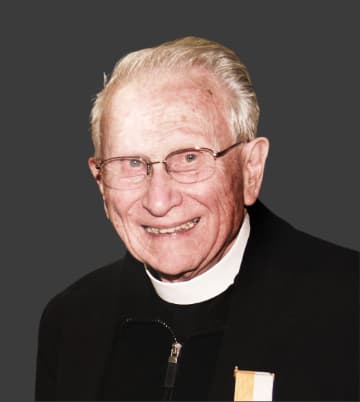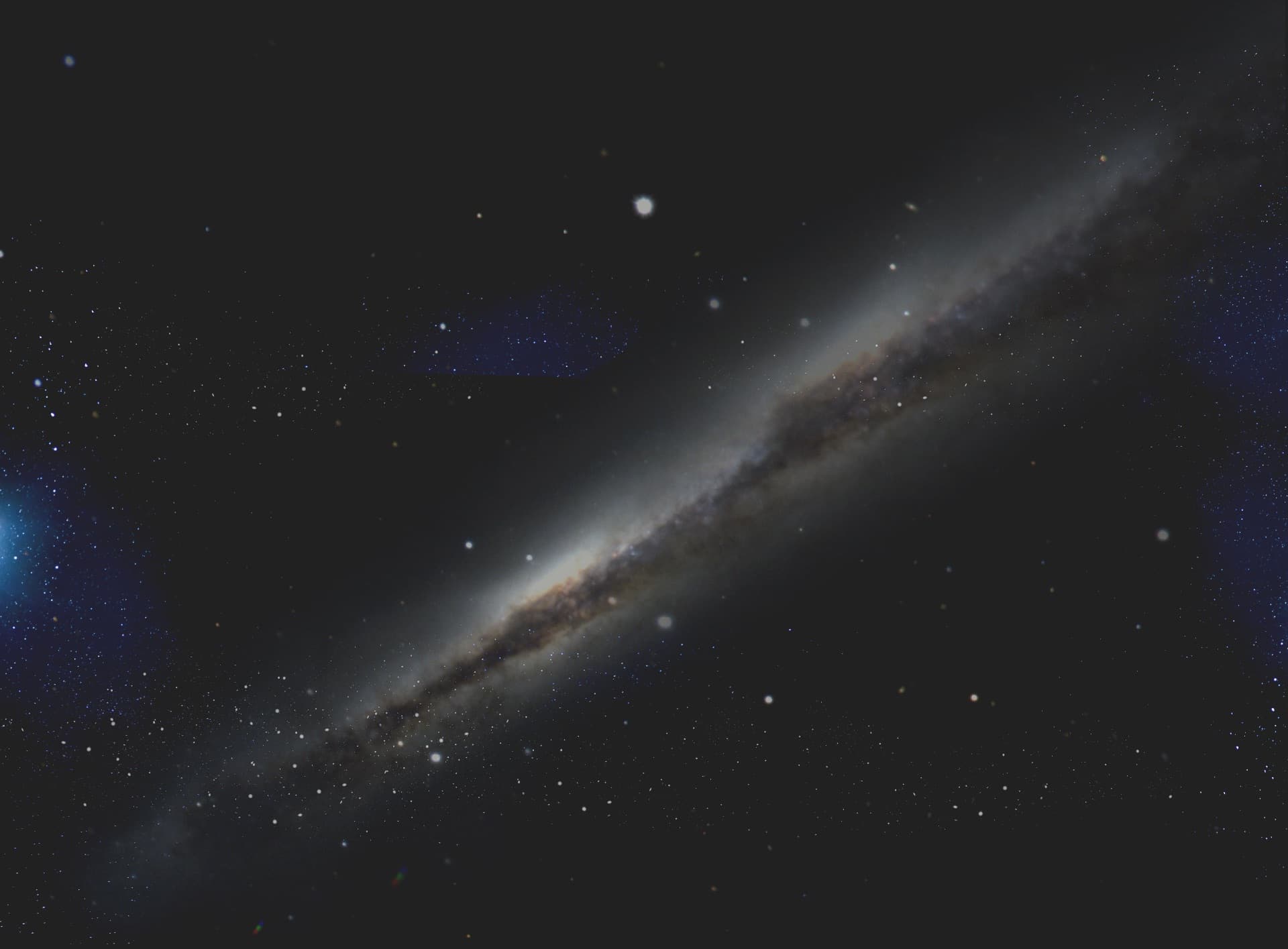Rev. Andrew Whitman, S.J. was born in Detroit, MI, on February 28, 1926, into a very loving, Catholic family. But within a few years the Depression hit the motor city and everything collapsed — jobs, mortgage, etc. — and chaos reigned.
And so the Fall of 1931 his mother and father decided to head South in search of whatever jobs were out there. They found a haven in Roanoke, VA, Spartenburg, SC, Tryon, NC, and finally in the Spring of 1933 they landed in New Orleans. This became their home.
He went to public grade school, public high school, and finally with a scholarship he attended Tulane University during the War years from 1942 to 1945. He graduated with a degree in Civil Engineering and entered the workforce. But he was soon stricken down with a debilitating disease and where faced almost certain death. But something happened and that dreadful sentence did not occur, and he was fortunate enough to enter the Jesuits in 1951. The humanities and philosophy studies were exciting and in 1957 he went off to Washington, D.C., and started his Ph.D. degree in mathematics at The Catholic University of America under the renowned geometer, Dr. Katsumi Nomizu. He received the degree in 1961 and went on to theology studies, being ordained a priest in 1963. During these studies he had the great privilege of having the renowned Rev. John Courtney Murray, S.J., as the director of his Licentiate Degree in Theology.
He started his professional career teaching at Loyola University in New Orleans in 1967. After two years at Loyola University in New Orleans, he spent seven years (1967-1974) at the University of Houston, where he earned a tenured position of Associate Professor in the Department of Mathematics. It was during these years where the paper on finite deformation theory in elasticity was conceived. At the invitation of Professor Paul Schweitzer he joined (in 1974) the faculty of the Pontifícia Universidade Católíca of Rio de Janeiro, where he was a tenured Associate Professor. In 1982-83 he took a sabbatical year at the Vatican Observatory, where he joined the staff as an adjunct scientist in 1983. During this period he worked with Rev. William Stoeger of the Vatican Observatory staff on research on the project of Professor G.F.R. Ellis, and on harmonic maps using the space of all Lorentzian metrics in the theory of gravitation. This also initiated a long and fruitful collaboration with Professor Ronald Knill of Tulane University. He returned to the United States in 1989 and took the position of Lecturer at the College of the Holy Cross. In 1996 he joined the staff of the Vatican Observatory and was stationed at the Vatican Observatory Research Group at the University of Arizona as a research scientist. In 1998 he was appointed as a permanent member of the staff of the Vatican Observatory and also took on duties of an administrator.
In 1963 along with Lawrence Conlon, presently at Washington University in St. Louis, he formed the Clavius Group of mathematicians. This is a group of lay and religious mathematicians who meet each summer at various mathematical centers and departments to form a faith community and to do mathematics at levels from research to study seminars on current topics of interest to the group.
After fourteen years based at the University of Arizona as a research scientist for the Vatican Observatory, Whitman returned in August 2010 to his Jesuit Province of New Orleans, where he is assigned to St. Charles College at Grand Coteau, Louisiana. There he is a “writer” since he is completing a textbook in Lie Algebra. En route to Grand Coteau, Whitman assisted at the 12th Vatican Observatory Summer School, Castel Gandolfo, and attended the 48th annual gathering of the Clavius Group at the College of the Holy Cross.
Whitman’s colleagues at the Vatican Observatory and his many friends took the opportunity during his retirement to recognize his many years of cheerful and unique service to the Church and to mathematics. Through farewell parties in Tucson and at Castel Gandolfo we remain grateful for his contribution as a writer and member of the Jesuit community at Grand Coteau.

